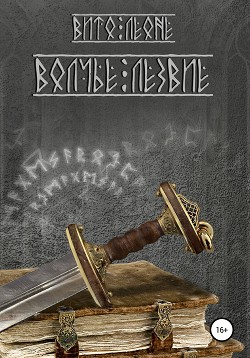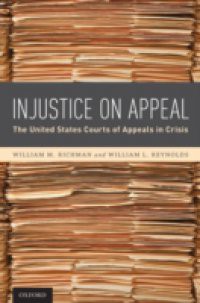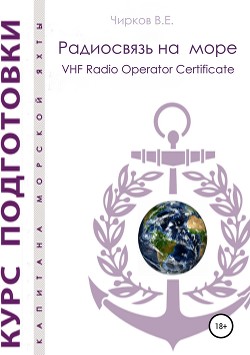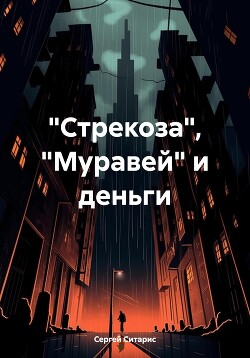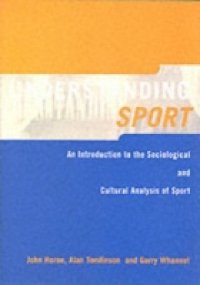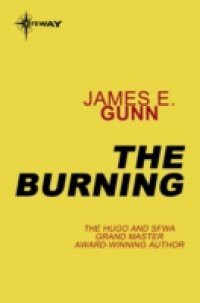Guided by Ezra Pounds dictum --Make it new--a generation of writers set out to create fiction and poetry that was unlike anything that came before it. However, as Seamus OMalley shows, historical narrative was a key site for modernist experimentation. Taking three of literary modernisms major figures--Joseph Conrad, Ford Madox Ford, and Rebecca West--Making History New demonstrates how the movements literature not only engaged with history but also transformed traditional approaches to its telling in unique ways. Informed by Paul Ricoeurs belief that narrative is necessary to comprehend historical processes, the study closely examines four major modernist historical novels. Conrads Nostromo interrogates the very term history, as it relates the political tumult of a fictitious Latin American country; while Fords The Good Soldier mirrors the cyclical nature of historiography with a protagonist who returns repeatedly to intense periods of his own past to better comprehend them. Two epochal World War I novels-The Return of the Soldier and Parades End-depict shell-shocked veterans that illustrate the paradox of an accurate historical rendering achieved through the process of amnesia. These novels, in OMalleys view, lead to the high point of what he terms modernist historiography: Rebecca Wests innovative 1941 travelogue Black Lamb and Grey Falcon and its preoccupation with historys impossibility. The monograph concludes with a brief consideration of how historians since World War II have adopted some of the approaches to narrative inaugurated by literary modernists while wrestling with how to relate unthinkable atrocities such as genocide. Ultimately, Making History New foregrounds narratives essential role as a bridge between fiction and history, as it explores the process by which collective human experience becomes historical narrative.


